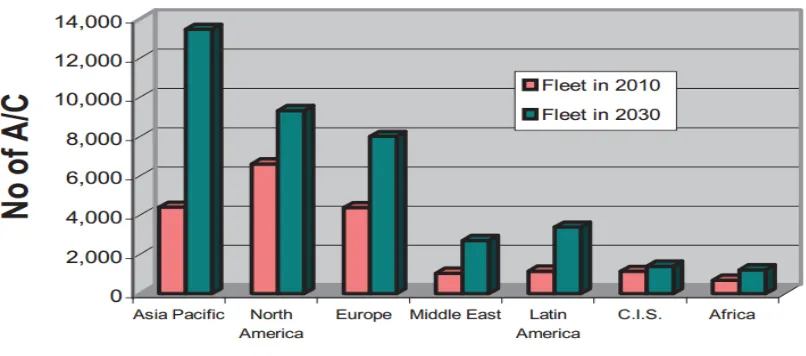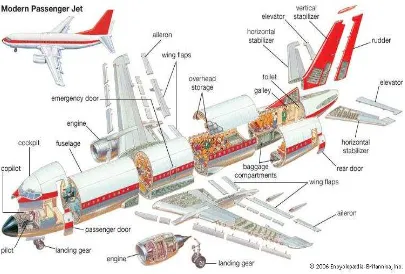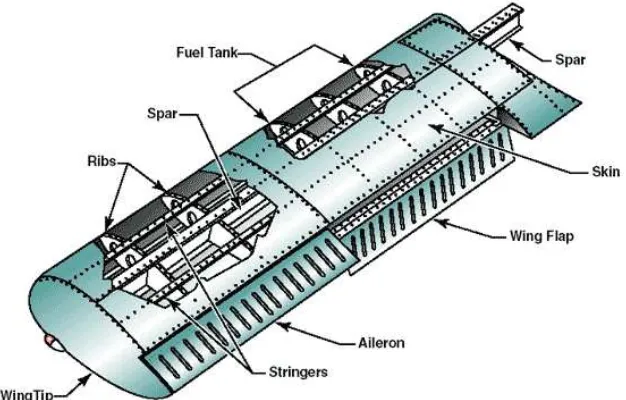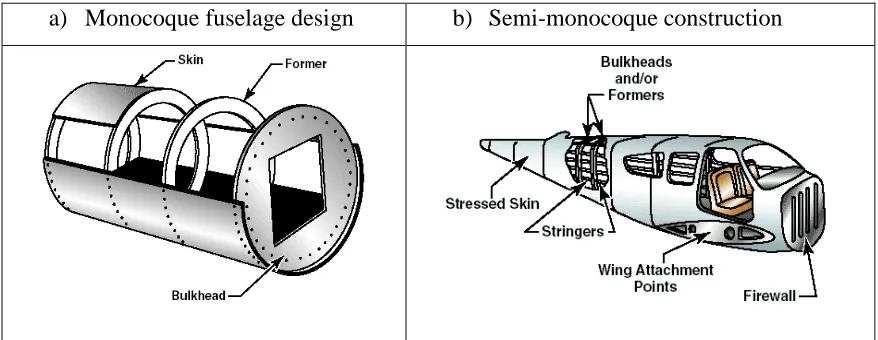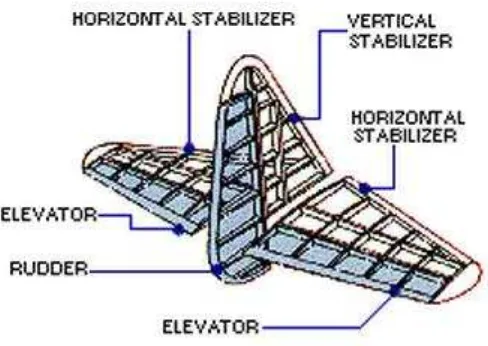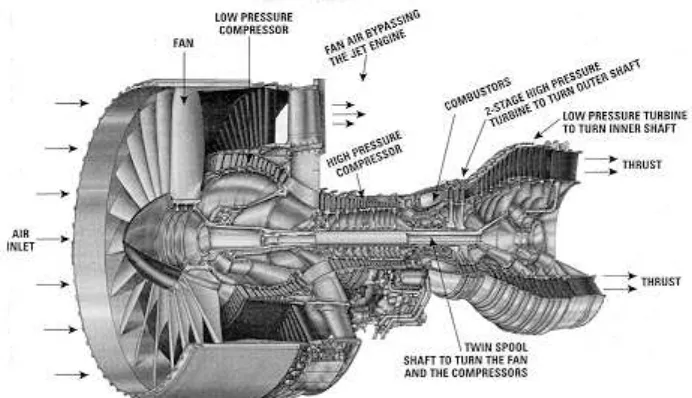This report submitted in accordance with requirement of the Universiti Teknikal Malaysia Melaka (UTeM) for the Bachelor Degree of Manufacturing
Engineering
(Manufacturing Process) (Hons.)
By
HANIF BIN ASHA’RI B051010175 890924-01-5577
FACULTY OF MANUFACTURING ENGINEERING 2013
UNIVERSITI TEKNIKAL MALAYSIA MELAKA
UNIVERSITI TEKNIKAL MALAYSIA MELAKA
BORANG PENGESAHAN STATUS LAPORAN PROJEK SARJANA MUDA
TAJUK: Design and Machining of Aerospace Component
SESI PENGAJIAN: 2012/13 Semester 2
Saya HANIF BIN ASHA’RI
mengaku membenarkan Laporan PSM ini disimpan di Perpustakaan Universiti Teknikal Malaysia Melaka (UTeM) dengan syarat-syarat kegunaan seperti berikut:
1. Laporan PSM adalah hak milik Universiti Teknikal Malaysia Melaka dan penulis. 2. Perpustakaan Universiti Teknikal Malaysia Melaka dibenarkan membuat salinan
untuk tujuan pengajian sahaja dengan izin penulis.
3. Perpustakaan dibenarkan membuat salinan laporan PSM ini sebagai bahan pertukaran antara institusi pengajian tinggi. atau kepentingan Malaysia sebagaimana yang termaktub dalam AKTA RAHSIA RASMI 1972)
(Mengandungi maklumat TERHAD yang telah ditentukan oleh organisasi/badan di mana penyelidikan dijalankan)
Alamat Tetap:
DECLARATION
I hereby, declared this report entitled “Design and Machining of Aerospace Component” is the results of my own research except as cited in references.
Signature : ………
APPROVAL
This report is submitted to the Faculty of Manufacturing Engineering of UTeM as a partial fulfillment of the requirements for the degree of Bachelor of Manufacturing Engineering (Manufacturing Process) (Hons.). The members of the supervisory isas follow:
i
ABSTRACT
ii
ABSTRAK
iii
DEDICATION
Very thankful to Allah and special thanks to my beloved supervisor,
my friends, and
iv
ACKNOWLEDGEMENT
First of all, thanks to my bachelor degree final year project supervisor, Dato’ Prof Dr. Abu bin Abdullah for his guide, help and support toward this project. With his advice, this project can be completed according to the plan.
Special thanks to Imai Aerospace Component (IAC) Malaysia that guide me with technical advice during do this project. Thanks also to my family and friends for their moral support and some advice, financial support, share the knowledge and idea to finish this project.
v
2.1 Aircraft Structural Component 5
2.1.1 Wings 6
2.3 Computer-Aided Design/ Computer-Aided Manufacture (CAD/CAM) 14
2.4 Machining 16
vi
2.6 Milling 19
2.7 Cutting Parameter 20
2.8 Milling Cutter Path Strategies 24
2.9 Consideration in Machining Aluminium 25
2.10 Surface roughness 25
3.3.3.1Step in solid modeling generation 37
3.3.3.2Detail drawing and dimension 39
3.3.4 Machining 40
3.3.4.1Drawing plane 41
3.3.4.2Define machine: CNC milling 5-axis 42
3.3.4.3Define axis 43
3.3.4.4Define tool: Endmill 12 mm diameter 43
3.3.4.5Define tool path 44
3.3.4.6Generate NC code 45
3.3.4.7Step on CNC machine 46
3.3.5 Surface analysis 46
3.3.5.1Surface roughness 46
vii
CHAPTER 4: RESULTS AND DISCUSSIONS 48
4.1 Surface roughness 49
4.1.1 Result of surface roughness 49
4.1.2 Discussion on surface roughness 52
4.2 Material Removal Rate data 53
4.2.1 Material Removal Rate data 53
4.2.2 Material Removal Rate discussion 54
4.3 Surface integrity 56
4.3.1 Optical micrograph 56
4.3.2 Discussion on optical micrograph 57
CHAPTER 5: CONCLUSION AND RECOMMENDATIONS 58
5.1 Conclusion 58
5.2 Recommendations 59
REFERENCES 60
viii
LIST OF TABLES
2.1 Monocoque Fuselage and Semi-monocoque construction 8 2.2 Recommended Cutting Speed and Feeds for HSS Milling Cutter
on Aluminium 29
3.1 Aluminium alloy 7050 properties 34
3.2 Machining parameter used for HSS tool in IAC 36
3.3 Machining parameter used for the experiment by carbide tool 36 3.4 DMF 500 linear five-axis machine specifications 41 3.5 Mitutoyo SJ-402 Surftest Portable Surface Roughness
Tester Specifications 47
4.1 Machined surface roughness for HSS cutting tool 48 4.2 Experimental value of surface roughness on machined surface for
carbide cutting tool 49
ix
LIST OF FIGURES
1.1 Aircraft fleet growth 2010-2030 3
2.1 Part of an aiplane 5
2.7 Position of Nose Landing Gear and Main Landing Gear 12
2.8 Main Landing Gear 13
2.15 A Frame Work For Simulation and Optimization of CNC Machining 22 2.16 An Influence Diagram for Determining Machining Parameter 22
2.17a Milling Cutter Path Strategies : Offset 24
2.17b Milling Cutter Path Strategies: Raster 24
2.17c Milling Cutter Path Strategies: Single-direction raster 24 2.18 The variation of surface roughness, Ra, between feed rate and
tool diameter 26
2.19 The Ra value and figure of surface roughness effect on
spindle speed 27
2.20a Fine Surface 29
x
3.1 Process Flow Chart for Project Research 31
3.2 Process Flow Chart for Fitting Hinge Manufacturing 32
3.3 Aluminium Alloy 7050 35
3.4 Sketched part 38
3.5 Extrude the part 38
3.6 Detail drawing and dimension 39
3.7 Solid modeling drawing 39
3.8 DMF 500 linear five-axis machine 40
3.9 Create planes 41
3.10 Define the CNC milling machine 42
3.11 Define axis 43
3.12 Define tool 43
3.13 Define toolpath 44
3.14a Tool diameter ratio 44
3.14b Number of level 44
3.15a Define input, output and NC data type 45
3.15b Define machine, format and execute 45
3.16 Mitutoyo SJ-402 Surftest Portable Surface Roughness Tester 46
3.17 Stereo digital imaging 47
4.1 Different surface roughness on different parameters 50 4.2 Surface roughness, Ra (µm) versus Spindle speed, N (RPM) 51 4.3 Surface roughness, Ra (µm) versus Feed rate, v (mm/min) 51 4.4 HSS surface roughness versus Carbide tool surface 51
4.5 MRR for different machining parameters 55
4.6 Machined with spindle speed = 3250 rpm, feed rate =
1000 mm/min, with surface roughness = 0.19 µm 56
4.7 Machined with spindle speed = 2500 rpm, feed rate = 700 mm/min,
1 1.1 Background
Manufacturing is concerned with making product. It is combination of processes to produce object that consist of numerous individual pieces. Manufactured product is also can be used to make other product like a drill is used for producing holes. There are two types of product such as discrete product and continuous product. Discrete product is an individual product such as bolts, nuts, and paper clips. Then, continuous product is a product which is cut into individual pieces for other process to create new product.
Manufactured item is start with raw material and following to the sequence of process to make a single product. Each new form of the material takes on gives it more use which is utility. The step of changing the form of material is done by a series of act called process. There are two major types of manufacturing process which are primary process and secondary process. Primary processing is the process to changes raw material into standard industrial stock. Raw material can be mineral ores, hydrocarbon liquid, plants, animal, or any of a number of basic material inputs. These raw materials are subjected to various primary processing activities.
All the output of primary processing is called industrial standard stock and it is needed to be further changes in form to be useful which is in the secondary processing. For secondary processing, it is a form of utility activity. It changes
INTRODUCTION
2 standard stock into useful finished products. The standard stock may be one of the basic major types of materials which are metals, polymers, or ceramic. After that, these materials are changed in shape, appearance, and internal properties through six types of secondary processing which are casting, forming, separating, conditioning, assembling and finishing. In addition, each of the six secondary process families is different and they have their own common elements to contribute in their own way to the form utility of the material.
In the aerospace industries, there are produce many part or aircraft. It is consist of fuselage, wings, flaps, ailerons, tail, engines and others. To design an aircraft, the important thing is find the optimal proportion of the weight of the aircraft and payload. Each component of the aircraft must be strong and stiff enough to withstand to the variety of situation which it has to operate.
Based on the project title is “Design and Machining of Aerospace Component (fitting hinge for landing gear door)”. Fitting hinge for landing gear door is a component that used to join the landing gear door with the strut. Strut will connect to the hydraulic systems to pull up the fitting hinge and the same time will pull up the landing gear door too. Fitting hinge is important because it is hold the landing gear door. It is must be high strength to hold the heavy landing gear door to avoid the landing gear door drop to the ground. It is also influence to the smooth operation of the extent and retracts the landing gear door.
1.2 Problem Statement
3
Figure 1.1: Aircraft fleet growth 2010-2030 (Gregor Kappmeyer, 2012)
Because of the increasing number of the aircraft, it will influence to the increasing of number of new components and spare part demands. In order to the current and future demands, the manufacturing sector had built up and developed more global supply chain to cope with the production numbers and quality standards to make sure the best deliveries of demands in the industry.
The machining of the aerospace component material is focused on the high stock removal rates in roughing processes and also in the high surface finishing rates and good surface finish and surface integrity in finish machining. The common problems that occur on the machined part surface are vibration mark, mismatch and over cutting. There are many factors that cause these entire problems happen such as the cutting parameters is not suitable for the machining process, cutter wear and also toolpath design.
4 1.3 Objectives
The aims of this project are:
1. To study the surface roughness of fitting hinge by changes the machining parameters.
a) Spindle speed b) Feed rate
2. To study the surface integrity of high and low surface roughness after machined by different machining parameters.
3. To find the optimum machining parameters for the accepted surface roughness from 0 to 0.5 µm.
1.4 Scope
5 2.1 Aircraft Structural Component
The major aircraft structures are wings, fuselage, and empennage. The primary flight control surfaces, located on the wings and empennage, are ailerons, elevators, and rudder.
Figure 2.1: Part of an airplane (Encyclopedia Britannica, 2006)
LITERATURE REVIEW
6 2.1.1 Wings
Aircraft wings have to be strong enough to withstand the positive forces of flight as well as the negative forces of landing. Metal wings are of two types: Semicantilever and full cantilever. Semicantilever, or braced, wings are used on light aircraft. They are externally supported by struts or flying wires which connect the wing spar to the fuselage. A full cantilever wing is usually made of stronger metal. It requires no external bracing or support. The skin carries part of the wing stress. Parts common to both wing designs are spars, compression ribs, former ribs, stringers, stress plates, gussets. wing tips and wing skins (Routledge, 2010).
The principal structural parts of the wing are spars, ribs, and stringers. These are reinforced by trusses, I-beams, tubing, or other devices, including the skin. The wing ribs determine the shape and thickness of the wing (airfoil). In most modern airplanes, the fuel tanks either are an integral part of the wing´s structure, or consist of flexible containers mounted inside of the wing (Federal Aviation Administration, 2006).
7 Figure 2.2: Wing components (Federal Aviation Administration, 2006)
2.1.2 Fuselage
The fuselage includes the cabin and/or cockpit, which contains seats for the occupants and the controls for the airplane. In addition, the fuselage may also provide room for cargo and attachment points for the other major airplane components. Some aircraft utilize an open truss structure. The truss-type fuselage is constructed of steel or aluminium tubing. Strength and rigidity is achieved by welding the tubing together into a series of triangular shapes, called trusses (U.S Federal Aviation Administration, 2006).
8 There are two types of metal aircraft fuselages: Full monocoque and semi-monocoque. The full monocoque fuselage has fewer internal parts and a more highly stressed skin than the semi-monocoque fuselage, which uses internal bracing to obtain its strength. The full monocoque fuselage is generally used on smaller aircraft, because the stressed skin eliminates the need for stringers, former rings, and other types of internal bracing, thus lightening the aircraft structure. The semi-monocoque fuselage derives its strength from the following internal parts: Bulkheads, longerons, keel beams, drag struts, body supports, former rings, and stringers (Routledge, 2010).
Table 2.1: Monocoque fuselage design and Semi-monocoque construction (Federal Aviation Administration, 2006)
a) Monocoque fuselage design b) Semi-monocoque construction
2.1.3 Empennage
9 Figure 2.4: Empennage structure (Pilot Friend, 2012)
2.1.4 Power Plant
All modern, powered airplanes that do not use reciprocating engines as their source of thrust use some type of turbine engine. The word turbine means whirl and refers to any type of wheel device that has vanes attached to it in a manner that will cause the wheel to turn as the vanes are struck by the force of a moving fluid. Remember, air is a fluid. The turbine principle is also used to generate electricity by flowing water striking a turbine that is linked to a generator. Another method of generating electricity is to direct high-pressure steam against a turbine which is linked to a generator (All Star, 2008).
10 Figure 2.5: Aircraft Engine (AllStar, 2008)
2.1.5 Landing Gear
